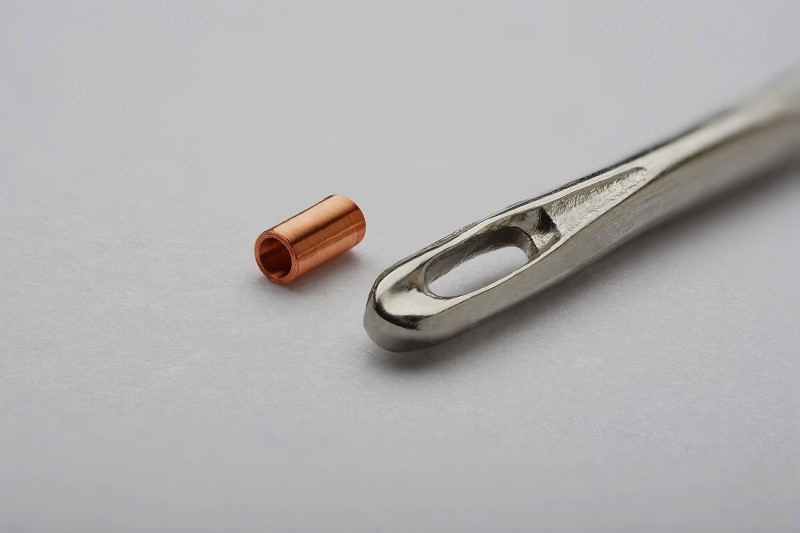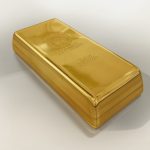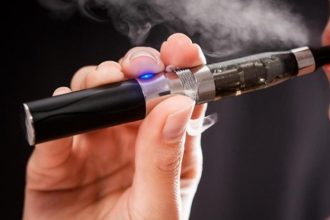Inductive components are an essential part of miniature medical devices. Building these components requires coil winding technology that involves ultra-fine wires. Ultra-fine wires not only help to build the inductive components but also provide connectivity within the medical devices. However, before winding the ultra-fine wires around a core, it is important to coat or isolate the wire through the insulation process.
Types of Coils:
The winding of micro-coils can be of different shapes such as round, elliptical, or rectangular. This is the main difference between several types of coils and this difference in shape is responsible for the different electrical values. The outer and inner dimensions play a crucial role in the shape of the coil.
The Coil Winding Process:
As the size of the coil is the most crucial parameter in the medical-grade coils, the coil winding process requires specialized machinery that is built in-house. The size of the coil is important in medical applications because for example, when we insert a coil into a vein, the coil has to be very smaller than the vein and that should be about 0.8 mm including the coating around the wire.
In the coil winding process, an insulated copper wire is wound around a pin or a core. However, the coils can be self-bonded and coreless. In order to prepare the coreless, manufacturers have to remove the core after the winding process. Coils can also be shaped as rectangular or other forms and the support that gives the rectangular shapes will be removed after the winding process.
Materials:
The most common material that is used for the manufacturing of micro-coils is copper. However, the manufacturers can use the wire of other materials depending on the requirements of the clients.
- Copper:
Due to the excellent conductivity and other physical properties, manufacturers mostly rely on copper wire for the preparation of medical coils. Besides the second most conductive material, copper is also a very durable and reliable material. Some manufacturers also use copper alloys. However, it is important to provide coating around the copper wire. The type of coating hugely depends on the application area of the copper wire.
- Stainless Steel:
Stainless steel provides several properties such as lightweight but strong, corrosion and heat resistant, fully recyclable, and durable. For these reasons, stainless steel coils have significant applications for heating purposes. For example, in order to defrost cancer tumors, these coils are used in cryotherapy treatment.
- Aluminum:
In some cases, the large number of turns can result in the heavyweight of the portable medical apparatus. In that situation, the use of aluminum coils is effective to reduce weight. However, due to the high coating and manufacturing costs, aluminum coils have rare applications.
- Precious Metals, such as platinum and gold:
Gold and platinum wires provide chemical resistance, high conductivity, and high purity. For these properties, gold and platinum coils are useful where the device will come into contact with the skin. However, as these coils are really expensive, in some very cases, these coils are used.
Besides, these materials, manufacturers can also use titanium and titanium alloys for their corrosion-resistant properties. Above all, depending on the purpose of use, manufactures need to decide which material is best for the coil winding process.















